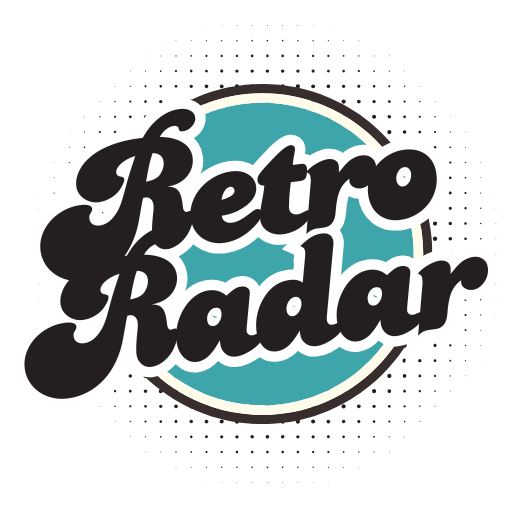15 Brilliant Ways People Planned Vacations Before Google Maps
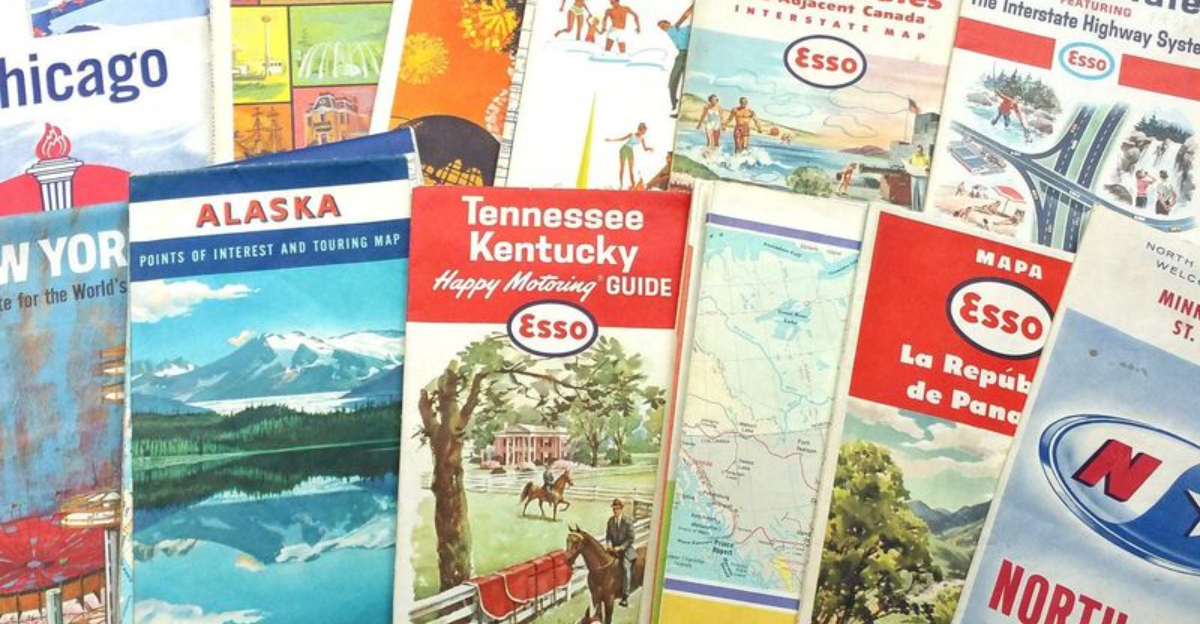
Ah, the good old days—when planning a vacation was less “click and book” and more “hunt, scribble, hope for the best.”
Long before Google Maps could chirp directions from your pocket, we relied on gloriously oversized road atlases that unfolded like ancient scrolls, handwritten itineraries full of optimistic time estimates, and the occasional dubious advice from a gas station attendant named Earl.
It was part treasure hunt, part trial by fire, and fully entertaining. Getting lost wasn’t a glitch—it was part of the charm. Who needed real-time traffic updates when you had highlighter marks and your aunt shouting, “I think we missed the turn!”?
In this humor-packed stroll (or should we say road trip?) down memory lane, we’ll revisit the quirkiest, most lovable methods that turned us all into amateur navigators with a dream and a dashboard. Buckle up—it’s going to be a wonderfully wonky ride down the road less GPS’d.
1. Road Atlases the Size of a Coffee Table
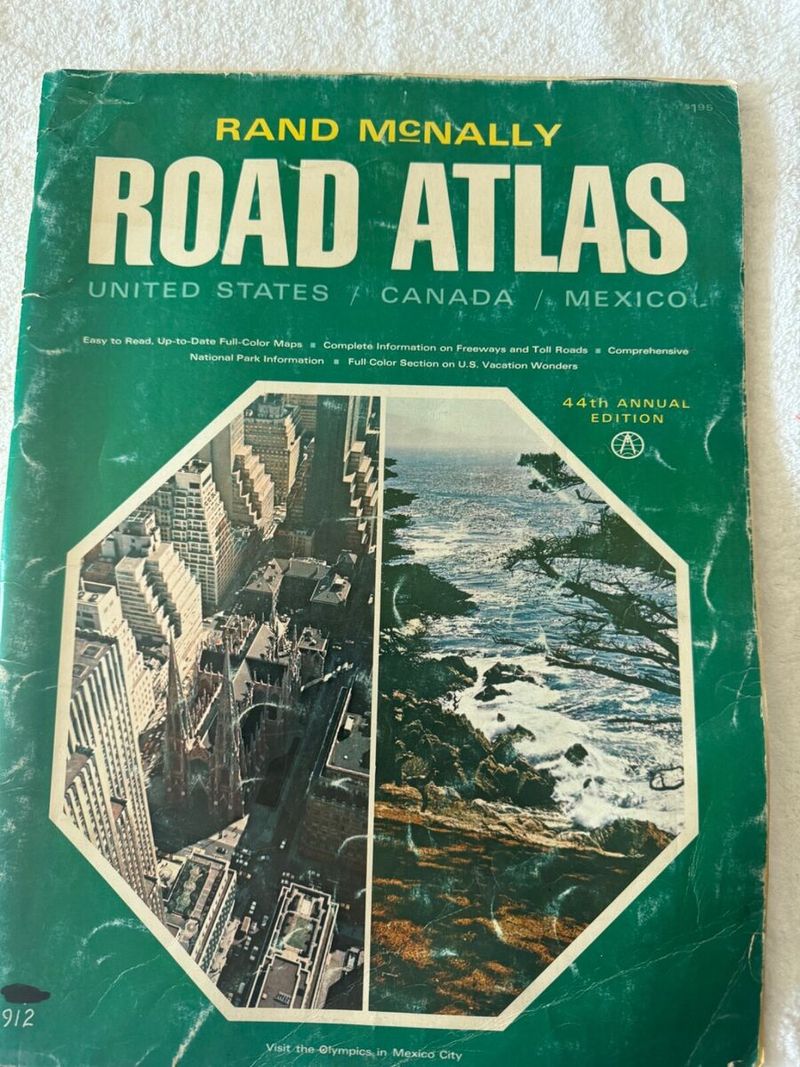
You weren’t a real road-tripper until you cracked open that spiral-bound Rand McNally and tried to fold it back the right way. Spoiler: You couldn’t. Those massive atlases were the original GPS—a global positioning system, but without the ‘global’ or the ‘system.’
Here’s a fun fact: I once navigated half of Route 66 with one of these giants perched precariously on my knees. It was a workout for both my arms and my patience. Back then, losing your place in one of these was like losing your way entirely.
The maps were so detailed that you half expected them to guide you to buried treasure. And if you managed to fold it back correctly? You were promoted to family navigator for life. Road trips weren’t just about the destination; they were about the challenge of turning pages without tearing them.
2. Handwritten Directions from a Friend Who “Knew a Shortcut”
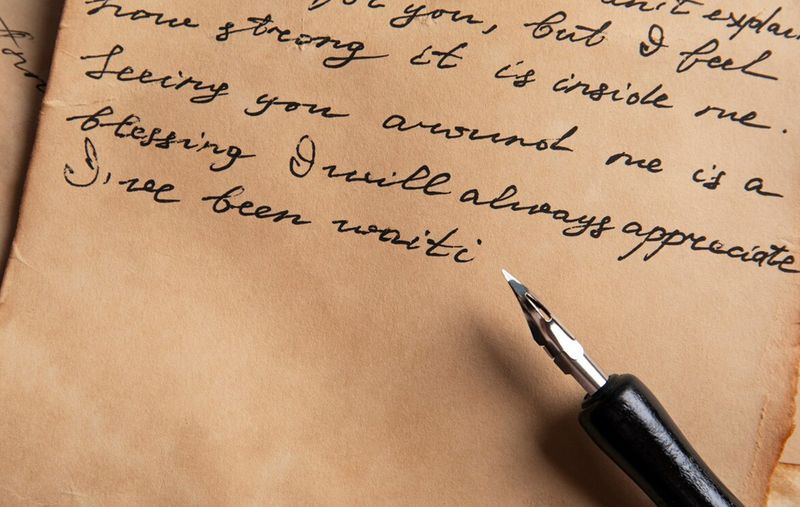
Scrawled on a napkin or the back of a receipt, with helpful landmarks like “turn left where the gas station used to be.” These directions were more treasure map than navigation aid, filled with enigmatic phrases and local lore.
Once, my buddy scribbled directions involving a ‘big oak’ and a ‘creaky bridge.’ I ended up at a pumpkin patch instead of the beach. It was like a scavenger hunt with potential for great—and often hilarious—outcomes.
If you reached your destination on time, you’d brag about it for weeks. But if you got lost, it just meant an impromptu adventure and a story to tell. Handwritten directions were the original adventure apps, complete with a chance to discover new places accidentally.
3. AAA TripTiks

Like a flipbook for your vacation route. Pre-printed by a real human and spiral-bound with highlighted routes, gas stops, and totally unnecessary excitement. Remember the joy of flipping through those pages? It was like unlocking new levels in a game.
I’d eagerly await the arrival of our TripTik, feeling like it was Christmas morning. Each page turn unveiled a new segment of our journey, complete with quirky rest stops and scenic detours. My family would huddle together, plotting our course like a team of explorers.
TripTiks were more than just maps; they were magical guides. If you followed all the highlighted routes, you were guaranteed to find the best roadside diners and quirky attractions. It was a rite of passage, and the spirit of the open road in paperback form.
4. Calling Hotels to Ask for Directions—Then Trusting Them Blindly
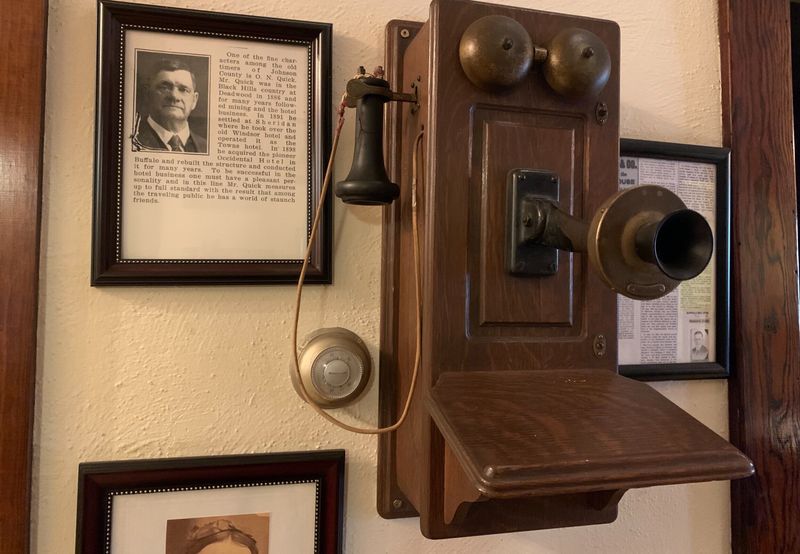
“Just exit off Route 12, take the fork past the big red barn, and we’re the second driveway after the cow field.” And somehow… it worked? Those were simpler times when a friendly voice on the other end of the line was all you needed.
I once followed directions to a bed and breakfast that involved a left turn at ‘the third big tree.’ It was a leap of faith, and when I finally arrived, it felt like discovering a hidden gem. Trust was the currency of the road.
It didn’t matter if you were hopelessly lost; there was always the hotel with its promise of both bed and breakfast (and maybe dinner, if you were lucky). It was the ultimate guidebook, with directions as charmingly rustic as the accommodations themselves.
5. Free Brochures from Welcome Centers

Nothing said “vacation prep” like grabbing 87 pamphlets from a rest stop and convincing yourself you’d do all the activities. These brochures were colorful portals to the wonders of wherever you were heading—or at least they promised to be.
I once stuffed an entire glove compartment with enough brochures to decoupage a wall. Each glossy page offered a tantalizing glimpse of local attractions, from miniature golf courses to alligator farms.
The best part? Pretending you’d visit each and every one, even if you knew deep down you’d spend most of the time lounging by the pool. The brochures had a tendency to outlast the vacation itself, lingering in the car until the next grand adventure.
6. Folding Paper Maps from the Glove Compartment
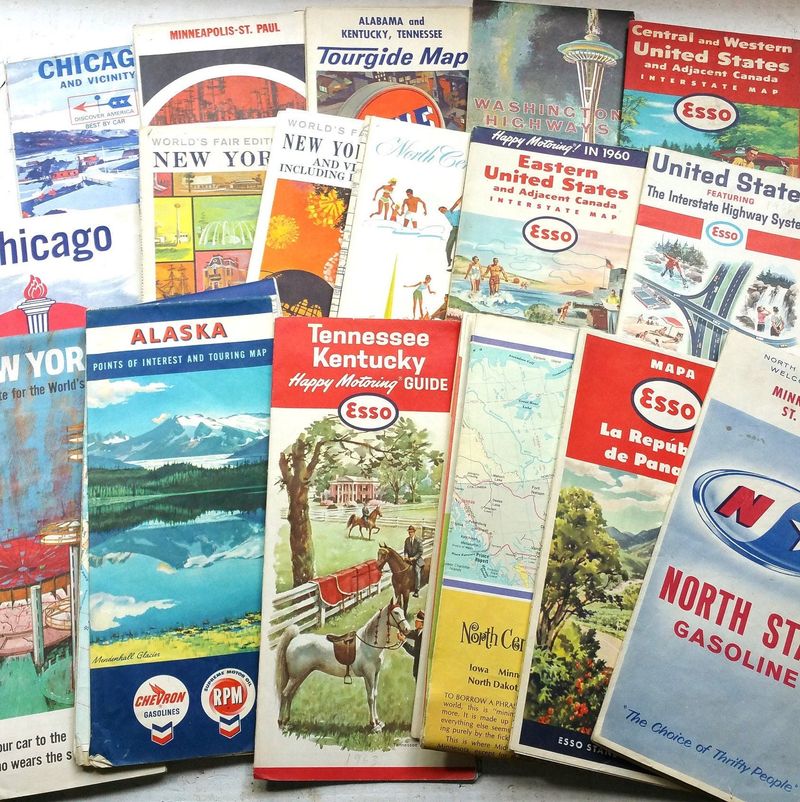
Usually at least 10 years out of date and impossible to fold back into submission—but they had character. These maps were more than just guides; they were relics of road trips past, complete with coffee stains and the occasional ink doodle.
I remember the thrill of unfolding a map, the paper rustling like an ancient scroll. The creases told stories of previous journeys, of dreams pursued and sometimes deferred. My dad would insist on using them, declaring their superiority over any modern contraption.
Every fold was an enigma, and if you could somehow coax it back into its original form, you felt like a puzzling prodigy. These maps taught patience, persistence, and the art of seeing the world through a kaleidoscope of lines and legends.
7. Writing It All Down in a Spiral Notebook
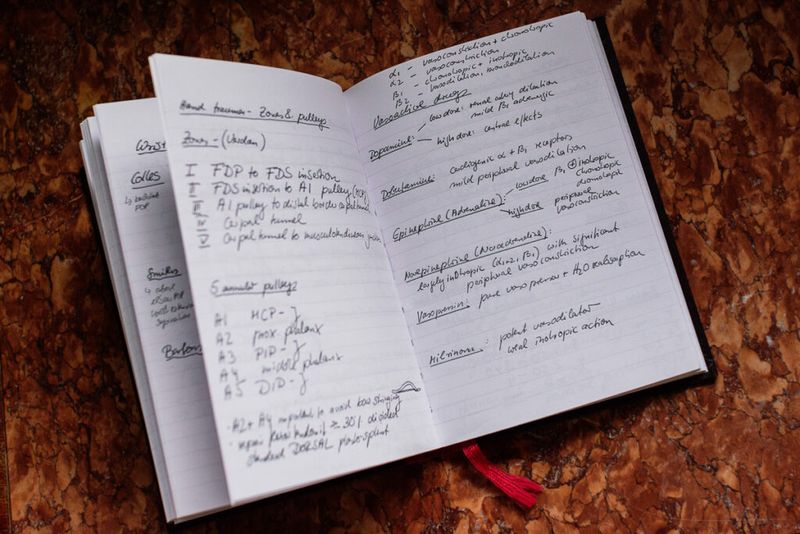
Travel itinerary, budget, reservation numbers, and mom’s emergency phone tree—all in one trusty notebook, with a doodle of a palm tree on the front. These notebooks were the Swiss Army knives of vacation planning.
I’d jot down everything from road trip playlists to potential pit stops, turning the pages into a tapestry of anticipation. Each entry was a step closer to the adventure, a tangible reminder of possibilities waiting just around the corner.
Flipping through the notebook was almost as satisfying as the trip itself. It was a companion that never complained about bathroom breaks or missed turns, a silent partner in every escapade. And when it was over, you had a keepsake of memories, etched in ink and paper.
8. Using a Compass on the Dashboard (Even if You Didn’t Know How to Use It)
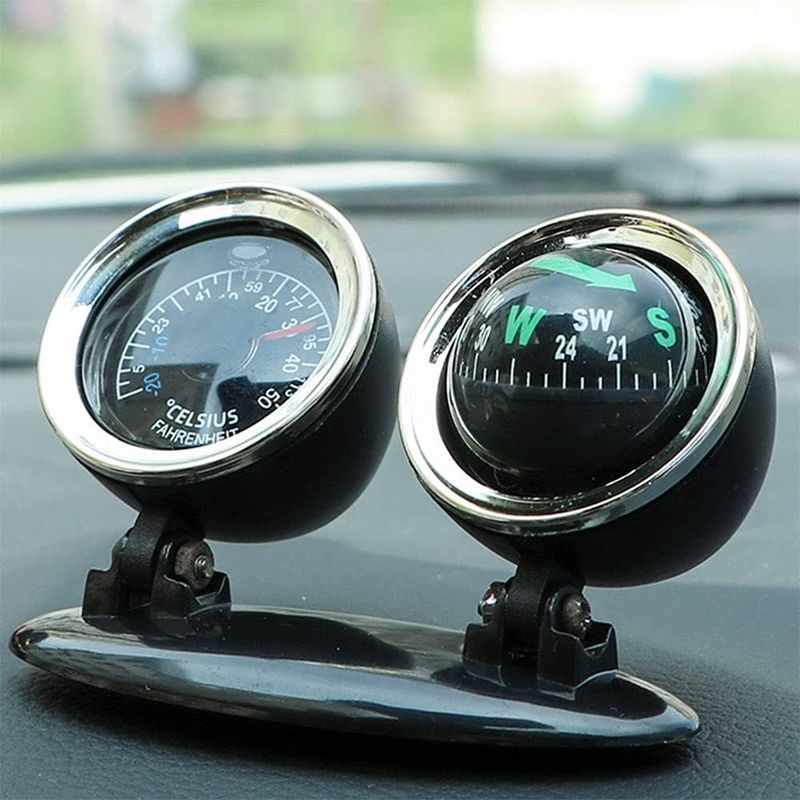
You just wanted to feel like an explorer, okay? There was something undeniably adventurous about having a compass on the dashboard, even if it was more ornamental than functional.
I once tried to navigate using a compass, only to realize I was holding it upside down. It didn’t matter; it was all about the thrill of pretending to be an intrepid navigator, charting a course through the unknown.
The compass was a symbol of freedom, a reminder that no matter where you were headed, it was the journey that truly mattered. It was a decorative dash adornment that whispered of far-off lands and uncharted routes, even if your final destination was just the next town over.
9. Highlighting Your Route with a Marker on the Map

A literal roadmap to dreams. But heaven help you if you missed a turn and had to go off highlight. The highlighter was both a tool and a trap, guiding you with its neon glow and taunting you with its permanence.
I would painstakingly trace our route, imagining each highlighted line was a promise of adventure. It was like drawing a treasure map, and the roads were the pathways to our personal Xanadu.
If you could keep the highlighter on track, you were a cartographic maestro. But stray too far, and you’d find yourself in a maze of your own making. It was the perfect balance of art and science, a colorful journey waiting to unfold.
10. Listening to AM Radio for Traffic and Weather Updates
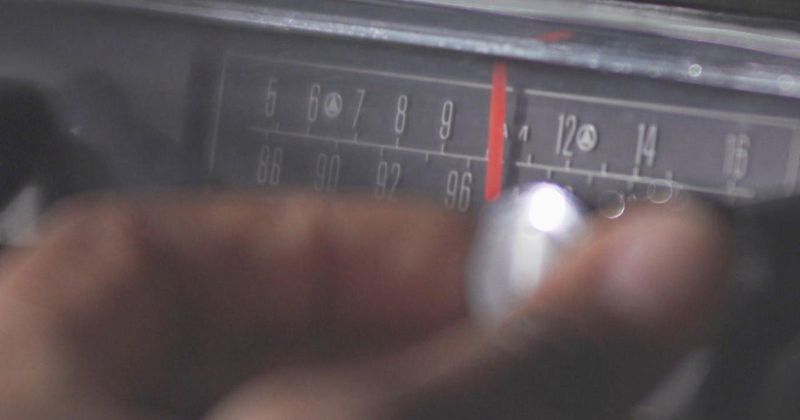
Static-filled traffic reports delivered just in time to almost avoid that construction delay. AM radio was the secret weapon of savvy travelers, a crackling oracle of road wisdom.
I have fond memories of my dad expertly tuning the dial, as if coaxing secrets from the ether. The reports were often garbled, yet somehow reassuring, a soundtrack of white noise and fleeting forecasts.
In an era before smartphones, AM radio was our link to the wider world, its grainy voice a companion on the open road. It was the original podcast, delivering news, weather, and the occasional tinny melody, all wrapped in a warm blanket of nostalgia.
11. Polaroid or Print Photos from Previous Trips as Visual Cues

“Look for this weird statue. If you see it, you’re going the right way.” Polaroids were the breadcrumbs of our journey, leading us forward with their faded charm.
I once used a photo of a peculiar diner sign as a landmark, and it felt like a secret shared only with those who’d been there before. These images were more than mementos; they were guides imbued with personal meaning.
Each snapshot was a signpost, a visual reminder that we were on the right track—or delightfully lost. They connected the past with the present, transforming every journey into a tapestry of memories, woven from both fact and fancy.
12. Calling the Destination Ahead of Time to Ask About Conditions
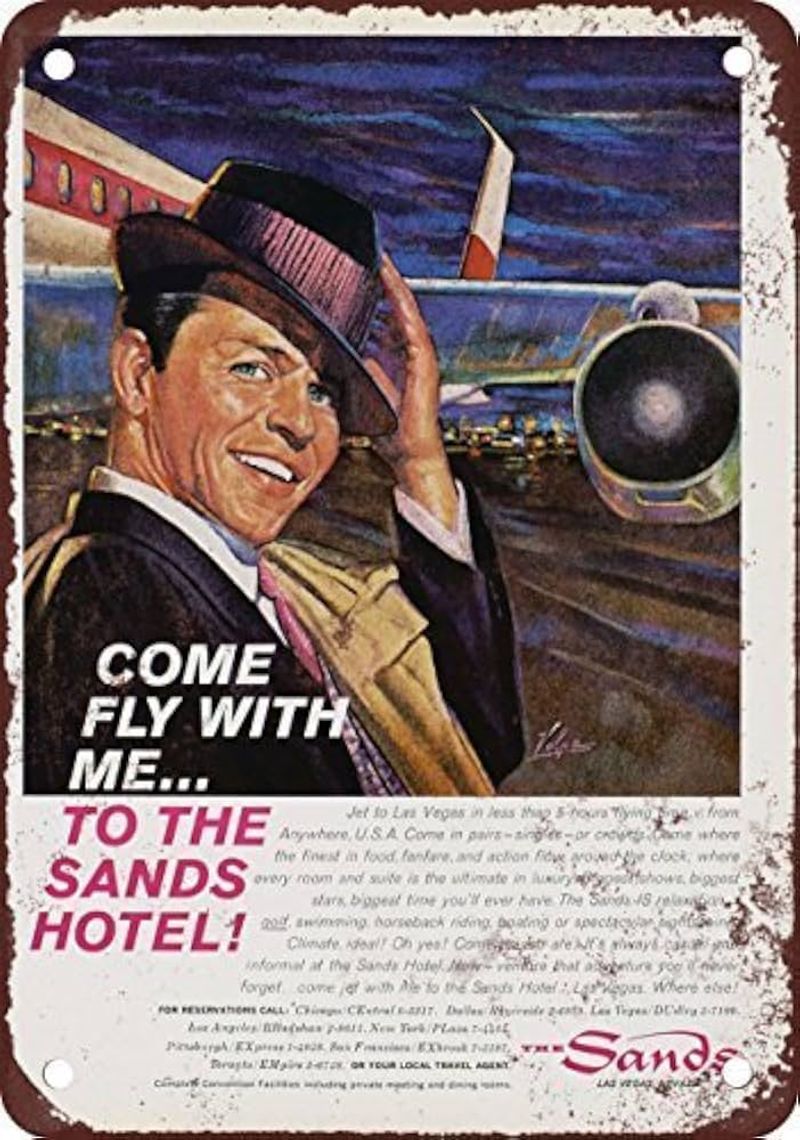
“Hi, yes, is it still snowing there? And also… what’s the road like to get to your lodge? Gravel? Paved? Bears?” Calling ahead was a ritual that turned travel into a dialogue, a conversation with the unknown.
I recall phoning a mountain resort to inquire about snow conditions, half-hoping for a blizzard to keep us snowed in forever. The answers were as varied as the destinations, each call a mini-adventure in itself.
This was more than just a check-in; it was a way to connect with the places we dreamed of visiting, each call an echo of excitement and anticipation. In a world without GPS, it was the surest way to ensure our dreams didn’t get lost in the snow.
13. Gas Station Attendants Giving You the Real Directions
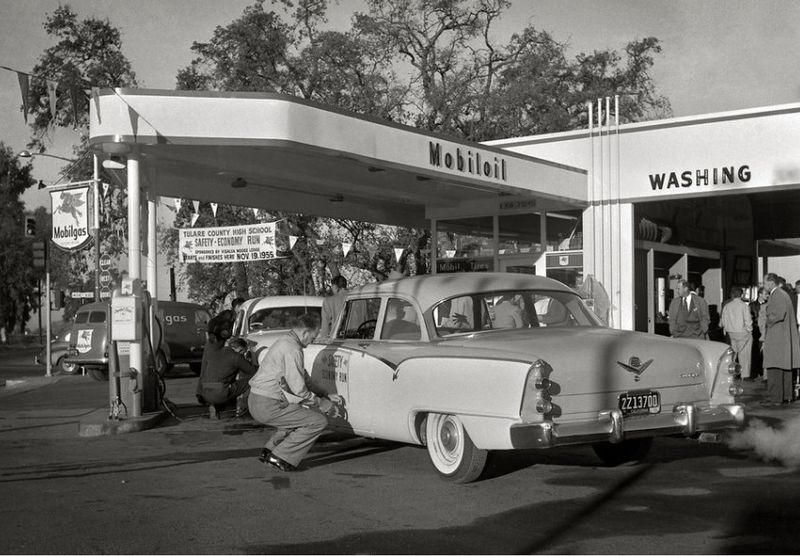
Forget Siri. You had Chad at the Shell station with a pencil behind his ear and knowledge passed down through generations. These attendants were the unsung heroes of the road, dispensing wisdom like a roadside oracle.
I once had an attendant draw me a map on the back of a receipt, complete with doodles and landmarks only a local would know. It was a masterpiece of impromptu cartography, a testament to human ingenuity.
Their directions were more than instructions; they were stories, woven from the fabric of the community. With each gesture and scribble, they connected you to the world around you, turning every trip into a shared human experience.
14. Index Cards with Step-by-Step Instructions
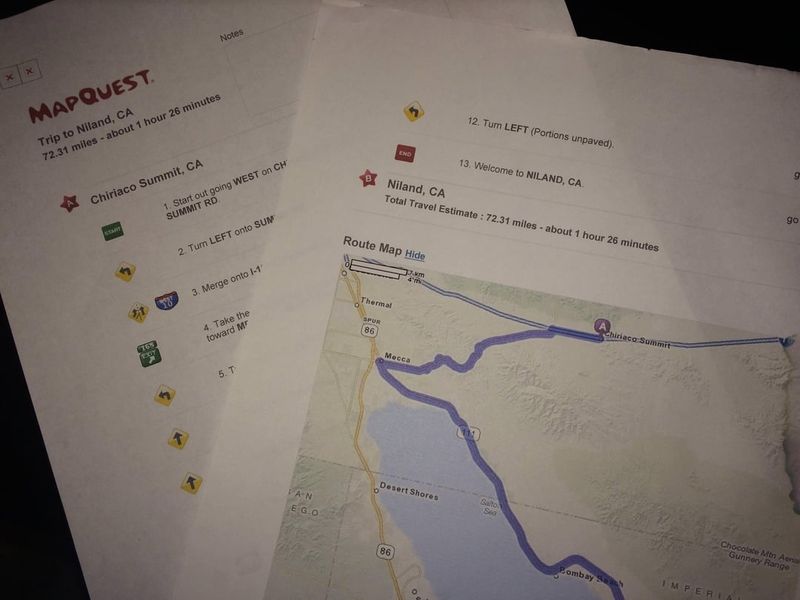
Before the GPS voice told you to “turn right in 300 feet,” you had Dad’s stack of index cards that read: “Exit 79B. Turn left. If you hit the diner, you’ve gone too far.” These cards were the precursors to turn-by-turn navigation.
I remember the comforting rustle of index cards, each one a small piece of our journey’s puzzle. My dad would flick through them with the expertise of a magician, revealing the route one card at a time.
It was an art form, crafting these step-by-step guides, each card an assurance that we were on the right path. They were more than just instructions; they were a ritual, a tactile reminder of the road ahead.
15. Just… Asking People on the Street
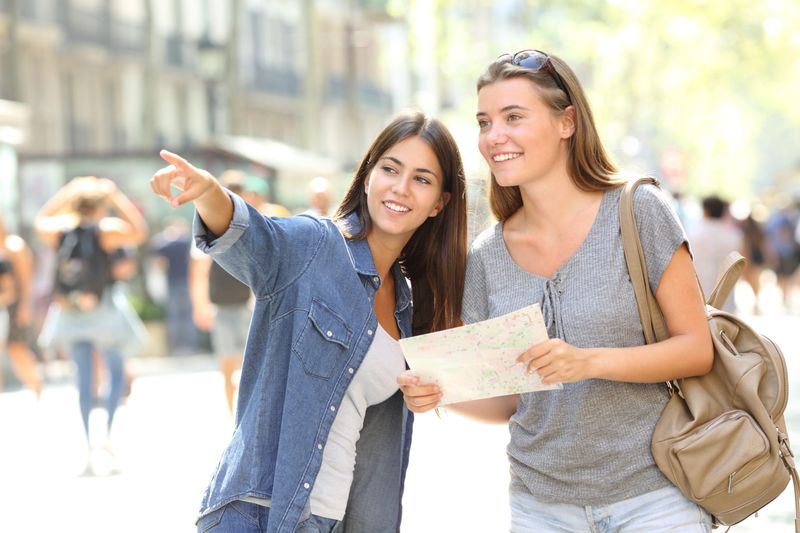
The boldest move of all. Stopping a stranger and trusting their hand gestures, squinted expressions, and flawless delivery of “Go down yonder.” It was a testament to human connection, a leap of faith into the arms of the unfamiliar.
I once asked a shopkeeper for directions, only to end up in a parade. Instead of being annoyed, I joined in, marching alongside locals and discovering a festival I’d never have found otherwise.
These interactions were the spice of travel, unexpected detours that added texture to our adventures. Asking someone for directions wasn’t just about getting from A to B; it was about embracing the journey, with all its surprises and delights.
